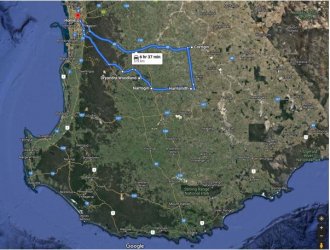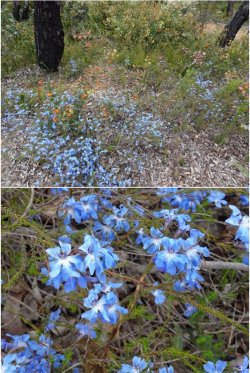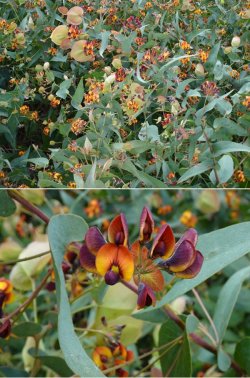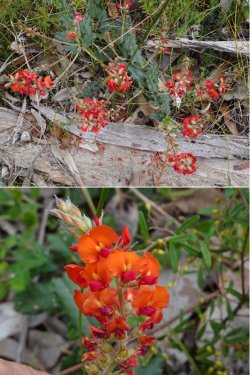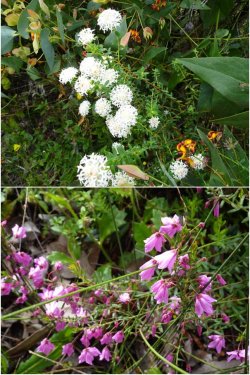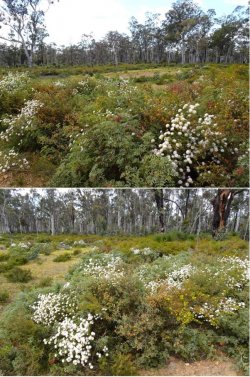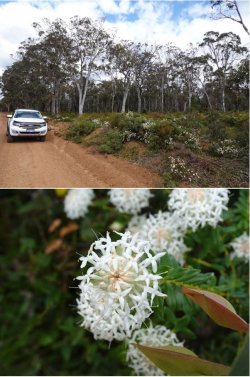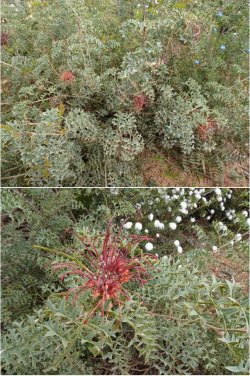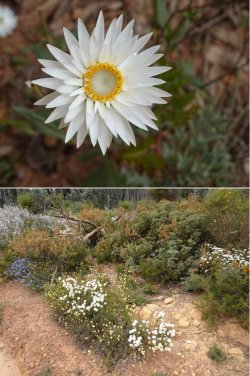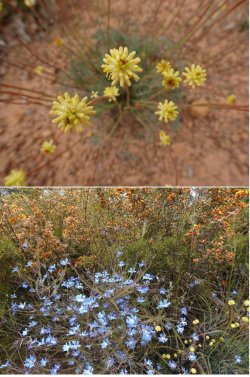- Joined
- Jun 7, 2006
- Posts
- 11,792
- Qantas
- LT Gold
I hope the JM on the rock in the first pic not the PERfect JM.
Lovely. One thing for the gold miners, they know how to handle the weedsThe Edna May gold mine near Westonia.
AFF Supporters can remove this and all advertisements
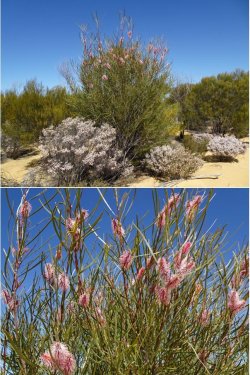
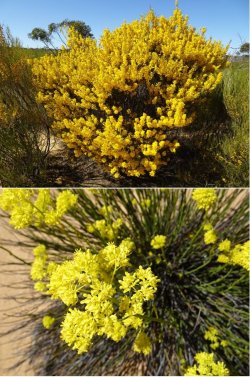
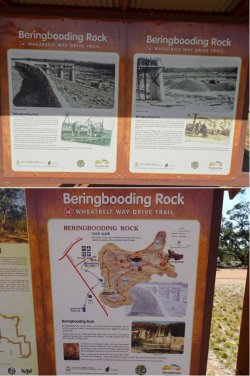
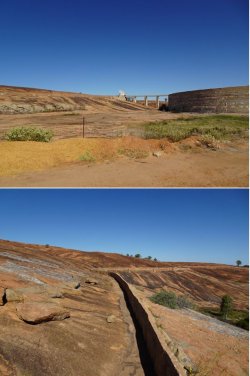
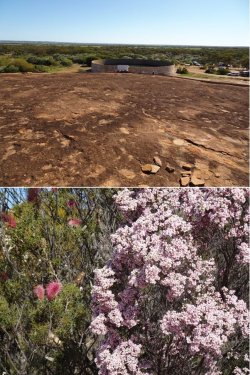
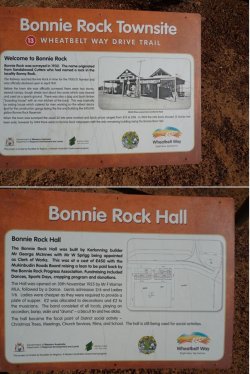
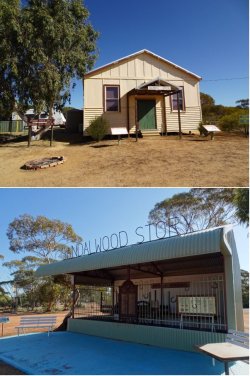
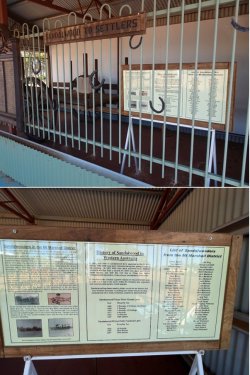
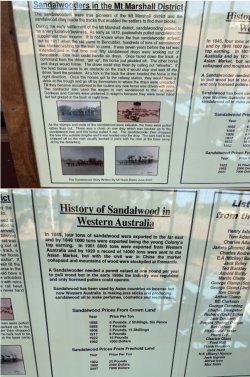
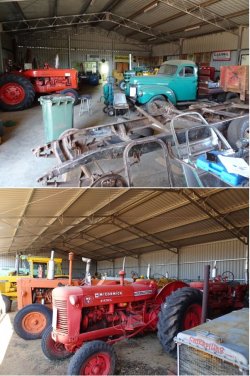
How often were you stopping to photograph wild flowers? Were there several varieties at each stop or only a couple?
Thank you so much. My sister and BIL are in Southwest WA and will find this very helpful. Me? - well maybe next yearThey are widespread and diversity is high wherever you find a good spot.
However, I would recommend getting a guide that points to identified locations as they may elude the cruising traveller, especially across the main wheatblet as the landscape is so dominated by agriculture.
Less necessary when heading north of Perth towards Geraldton because much less of the sandplain heathlands has been turned over to agriculture (as at Mt Lesueur NP in the first outing of the TR). And of course Kalbarri NP, north of Geraldton) is spectacular and very well-known.
I was using this book to target major reserves and NPs, but Jim (a colleague of mine back in the day) also identifies many small reserves and 'hot spots' from his years of roaming about: How to Enjoy WA Wildflowers by Jim Barrow | Boffins Books.
Also see the WA Wildflower Society website eg: Where to See Wildflowers – South of Perth – Wildflower Society of Western Australia
There are plenty of patches along sealed roads, but WAndering off onto side roads is often good.
The granite outcrops are usually good for both the rock formation and wildflowers as they act as water concentrators and they are invariably a long-standing reserve and have never been developed for agriculture.
I probably stop much more than the average person because I tend to know what I'm looking for or can recognise something different or spectacular more readily - a product of the interest and many years driving all over WA, especially the agricultural areas, while working. I could have stopped much more than I did, but after a while one becomes saturated, or time starts to slip away.
I'm not avid in the sense of wanting to identify every species and poking about in great detail; I just like the 'big picture' landscape view.
For most people, I would highly recommend doing homework to pin down hot spots and targetting those; anything else stumbled on then becomes a bonus. Just roaming, while unlikely to be fruitless, is not the most efficient way.
Hope that helps.
